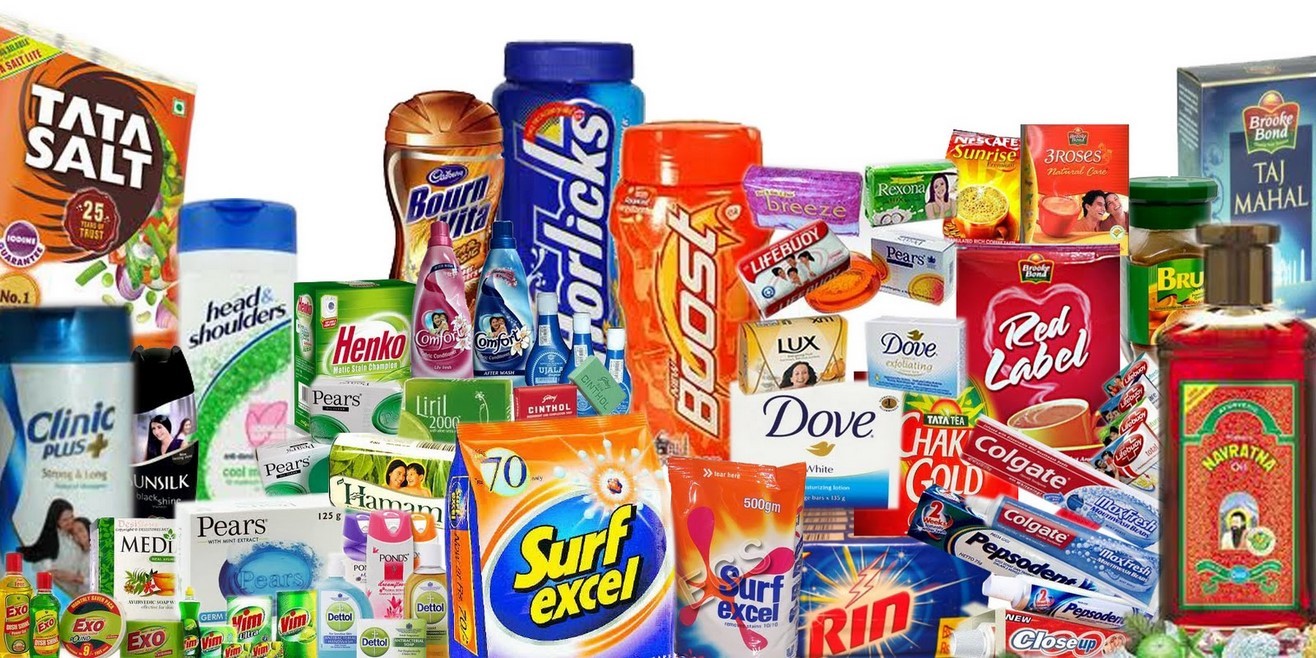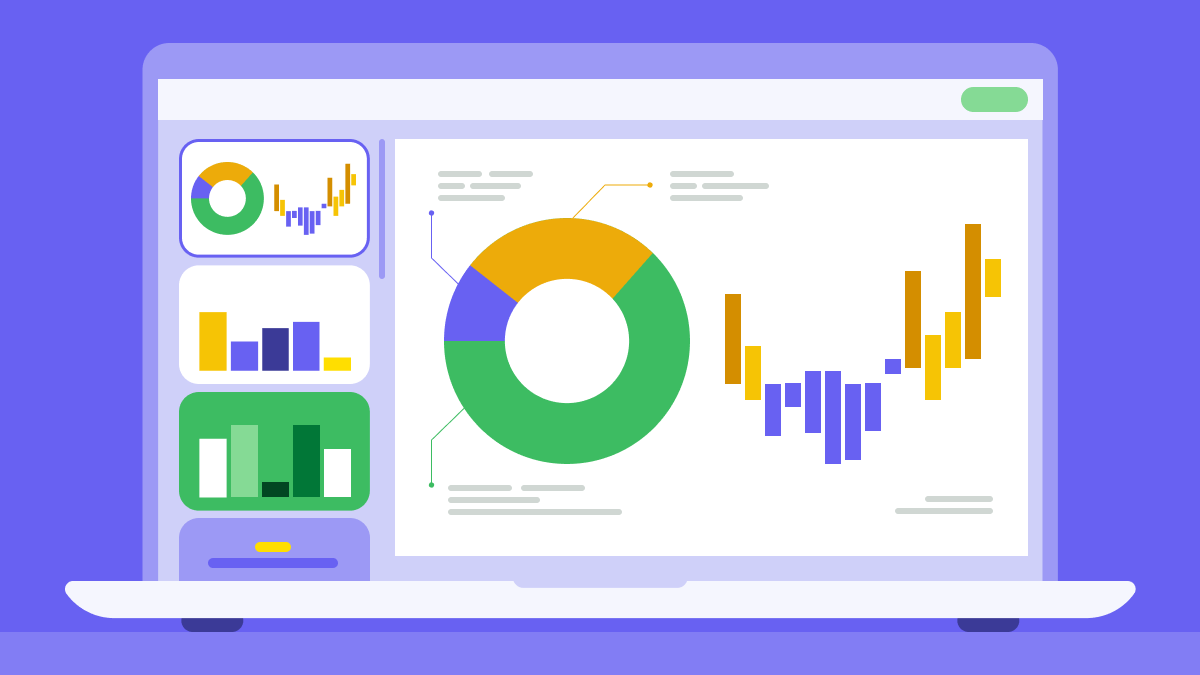The U.S. is one of the most attractive but complex markets for consumer packaged goods (CPG) brands. Every year, companies from Latin America, Europe, and Asia explore expansion opportunities—some succeed and scale, but many fail within the first year.
Why? Because success in the U.S. retail market doesn’t come from exporting a product—it comes from adapting a strategy.
Each region brings its own strengths—and its own blind spots. In this article, we’ll break down the most common mistakes we see from brands across Latin America, Europe, and Asia, and share actionable strategies to help them win shelf space, build demand, and sustain growth in the U.S.
For Latin American brands: Don’t just export—Translate your value
Latin American brands often bring incredible flavor, authenticity, and cultural relevance. But many approach the U.S. market with a “copy and paste” mindset, assuming what works at home will work in retail here.
Common pitfalls:
- Launching the same hero SKU without adjusting pack size or pricing
- Assuming cultural familiarity will drive demand, even in non-Hispanic areas
- Failing to align packaging with U.S. labeling standards and shelf dynamics
What works instead:
- Adapt your packaging to be bilingual, with clear visual hierarchy and nutritional compliance
- Position your brand for crossover appeal, not just nostalgia—many Latin-inspired brands have succeeded by framing their products around health, convenience, or bold flavor, not just cultural heritage
- Start in targeted regions with high Latino population density (e.g. South Florida, Texas, NYC metro area) and use those stores as proof of concept before expanding broadly
🔎 Pro tip: A growing number of Latin brands are winning in Whole Foods and Sprouts not by staying traditional—but by aligning their brand with better-for-you trends and strong retail support.

For European brands: Your story alone isn’t enough
European brands often come with strong credentials: artisanal production, long-standing heritage, high-quality ingredients. But in the U.S. retail environment, that’s only a piece of the puzzle.
Common pitfalls:
- Relying too heavily on origin as the value proposition
- Entering with premium pricing without sufficient market education
- Packaging that feels upscale in Europe but lacks shelf impact in U.S. formats
What works instead:
- Translate your premium positioning into consumer benefit: Don’t just say “Italian olive oil” or “French jam”—explain what makes it different and relevant for U.S. shoppers
- Test packaging formats that match local expectations: Some formats (e.g. glass jars, multi-packs) may need to be optimized for U.S. logistics and planogram standards
- Back up pricing with velocity strategy: Whether through sampling, influencer partnerships, or digital activations, you need to show that your product moves—not just that it’s high-end
🔎 Pro tip: Retail buyers are open to European products—but only if they’re commercially viable and positioned to compete on performance, not just origin.
For Asian brands: Don’t lose the essence—But make it accessible
Asian food and beverage products are increasingly sought after in the U.S., especially among younger consumers. But while demand is growing, many Asian brands struggle to balance authenticity with accessibility.
Common pitfalls:
- Keeping labeling and formats that make sense in Asia but confuse U.S. shoppers
- Assuming the product will “speak for itself” without supporting education
- Entering only through ethnic channels and failing to plan a mainstream strategy
What works instead:
- Lead with recognizable benefits and use occasions: Instead of saying “herbal jelly,” say “plant-based, gut-friendly snack” and show how it fits a daily wellness routine
- Invest in retail support, sampling, and education materials: U.S. shoppers often need guidance to try unfamiliar products—great signage and trained merchandisers make a difference
- Build traction in independent stores, then bridge into mainstream chains once performance is proven
🔎 Pro tip: Brands that succeed in this space make their products easy to understand without watering them down. Think of how ramen, matcha, and kimchi moved from niche to mainstream.
Conclusion: Adaptation is not optional—It’s the strategy

Success in the U.S. isn’t about where your brand comes from—it’s about how well you understand and adapt to the market you’re entering.
Whether your product is rooted in the culinary heritage of Latin America, the craftsmanship of Europe, or the innovation of Asia, winning in U.S. retail requires more than quality—it requires precision.
At Group MCC, we help international CPG brands evaluate their true market readiness through our MCC Market Ready Framework—a proven methodology that assesses your strengths and gaps across five strategic pillars critical to U.S. success:
Product, Pricing, Positioning, Retail Readiness, and Commercial Execution.
Before you invest in distribution, sales, or marketing, the right move is clarity. That’s why we offer a free strategic consultation session to explore your brand’s readiness and define the right next steps—whether that means refining your offer, starting with regional retail, or preparing to scale through brokerage and in-store merchandising.
If you’re considering launching in the U.S., let’s start with a diagnosis. Book a free session and discover what your brand really needs to succeed.







